Innovation
PHIL set the industry standard in tailgate design since we introduced the first off-highway Autogate Tailgate to the industry in 1969. Today, we’ve produced more than 10,000 tailgates for both articulated and rigid frame off-highway trucks - from 20 ton to 340 ton in size.
Each fast-opening, fast-acting Autogate Tailgate provides increased payloads, decreased material spillage, improved loading and a balanced load distribution. And, we use a unique, high-strength chain that’s stronger than any commercially available standard chain and oversized gate pivot pins to provide maximum durability.
Whether you’re hauling dirt, sand, gravel, shot rock, coal, oil sands or soupy material, the PHIL Autogate Tailgate keeps material in your truck bed no matter what the condition.
How Does An Autogate Tailgate Increase Your Truck Payload and Productivity?
Without a tailgate, isolated components such as the front suspension, front axle, hoist mechanism, and steering equipment may be overburdened. While attempting to prevent spillage, operators may pile the load forward in the truck bed causing damage to the canopies, overload to the front tires, and side spillage. By closing the rear of the truck, tailgates provide a bigger loading target helping the loader operator distribute the load evenly from the front to the rear of the truck so weight distribution improves.
With the truck bed closed, you’ll also realize a volumetric capacity increase of up to 20%, depending on the material hauled.
A direct benefit of tailgates is the elimination of rear-end spillage. When a non-tailgated truck shifts gears on an incline or turns a corner, materials can be lost over the sides or out the rear leading to tire damage. Our Autogate Tailgate reduces side and rear-end spillage by keeping the “rocks-in-the-box”. Drivers steer with ease through clutter-free loading and haulage areas.
Operation of our Autogate Tailgate is simple and trouble-free. No lock, cylinders or controls to malfunction. The body dumps, the Autogate Tailgate opens.
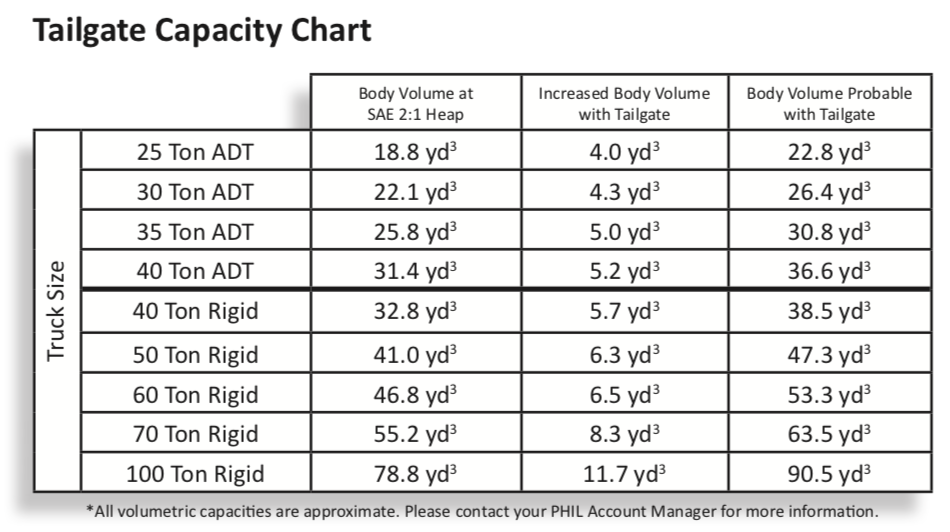
SAE PAPER
L.B. PHILIPPI SPEECH
April 18-20, 1977
Learn about the operational benefits of tailgates and how they can help improve your haul truck efficiency.
DOWNLOAD PAPERBUMP YOUR PAYLOAD
JOSH SWANK ARTICLE
Aggregates Manager Magazine
February 2015
Learn how adding a tailgate to your haul truck can boost
DOWNLOAD ARTICLETAILGATE SAVINGS CALCULATOR
PHIL Autogate® Tailgates typically provide 10% to 20% additional volumetric capacity. Do the math below to see how adding tailgates to your fleet will impact your bottom line, with no additional trucks or labor.
Additional Information
Loading
Faster, More Efficient Loading is the goal. An example whould be a 40 ton capacity haul truck that is being loaded with 4 passes. With a tailgate extending the truck bed length to 17' 5" the loader size can be increased from 7 yards to 12.5 yards, allowing one less pass plus more load while containing the load within the bed.
Rear End Spillage
Half of the time spent on haul roads is for cleaning; the other half is maintaining - so cut your time in half and save by keeping the load in the body with tailgates.
Tire Costs
The hours in a Manufacturers Performance Book show expected tire life of 10,000 hours. Where cleaner haul roads are present, hours jump to 12,000, or a 40% increase in tire life. What type of tire life are you achieving? Is it less than 12,000 hours? Less than 10,000 hours? What have you tried to decrease tire damage and increase tire life? Tailgates help!
Background Info
Rated Capacity
| Loads Per Day Per Truck | Value |
|---|---|
| Current Tons Per Day Per Truck | Value |
| Loads Per Day Per Fleet | Value |
| Current Tons Per Day Per Fleet | Value |
| Current Tons Per Week Per Fleet | Value |
| Increase in Tons Per Truck Per Day @ 10% additional volume | Value |
| Increase in Tons Per Fleet Per Day | Value |
| Projected Tons Per Day Per Fleet | Value |
| Projected Tons Per Week Per Fleet | Value |
| Increase in Tons Per Week | Value |
| * Increase equates to the following number of truck-days of production | Value |
Fuel
| Gallons of Fuel Used / Day by Fleet Hauling 32 Tons / Load | Value |
|---|---|
| Cost of Fuel Used / Day by Fleet | Value |
| Cost of Fuel Per Ton Hauled | Value |
| Gallons of Fuel Used / Day by Fleet Hauling 32 Tons / Load | Value |
| Cost of Fuel Used / Day by Fleet | Value |
| Cost of Fuel Used / Week by Fleet | Value |
| Cost of Fuel Per Ton Hauled (based on 40 Ton Loads) | Value |
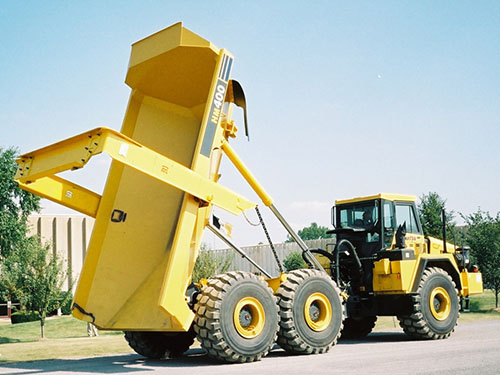 Articulated
Articulated 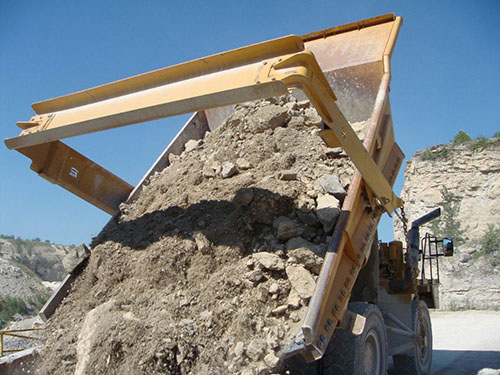 Construction Duty
Construction Duty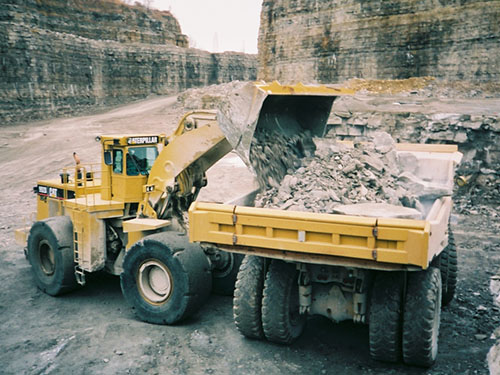 Mining Duty
Mining Duty 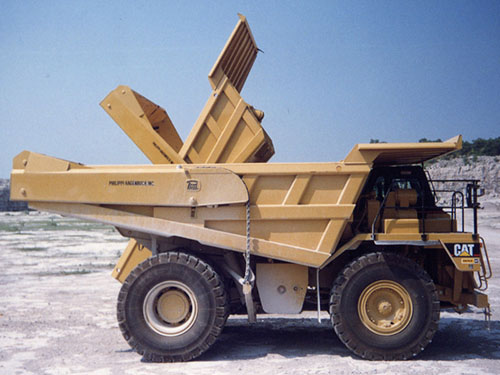 Komatsu Rigid Frame
Komatsu Rigid Frame 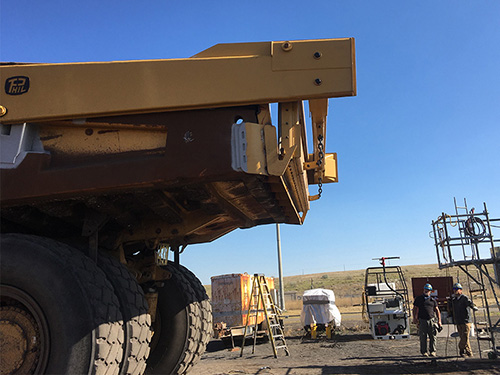 Positive Seal
Positive Seal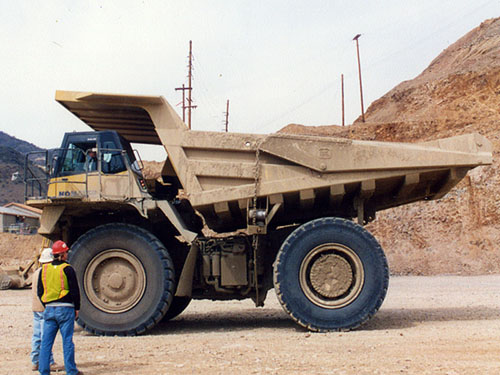 Ultra-High / Outriggerless
Ultra-High / Outriggerless 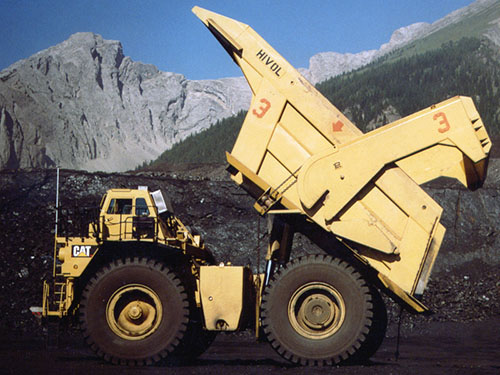 In-Service / Out-of-Service
In-Service / Out-of-Service 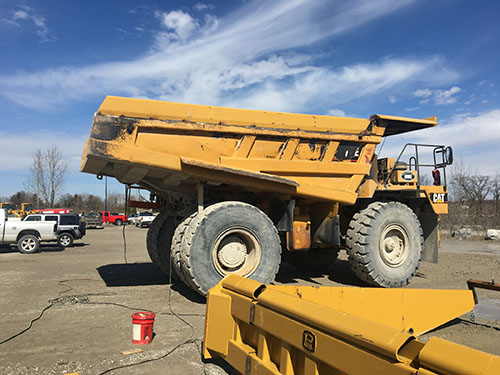 Sideboards
Sideboards 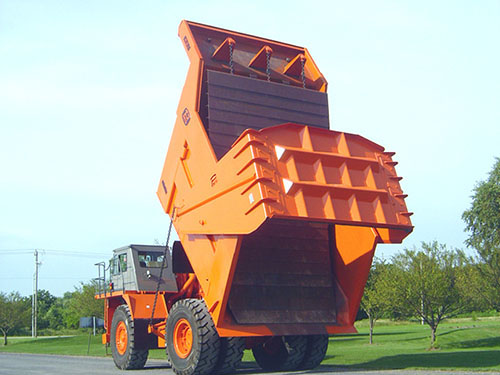 Load Ejectors
Load Ejectors 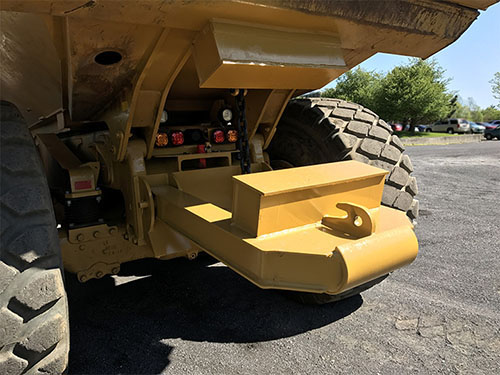 Push Blocks
Push Blocks 